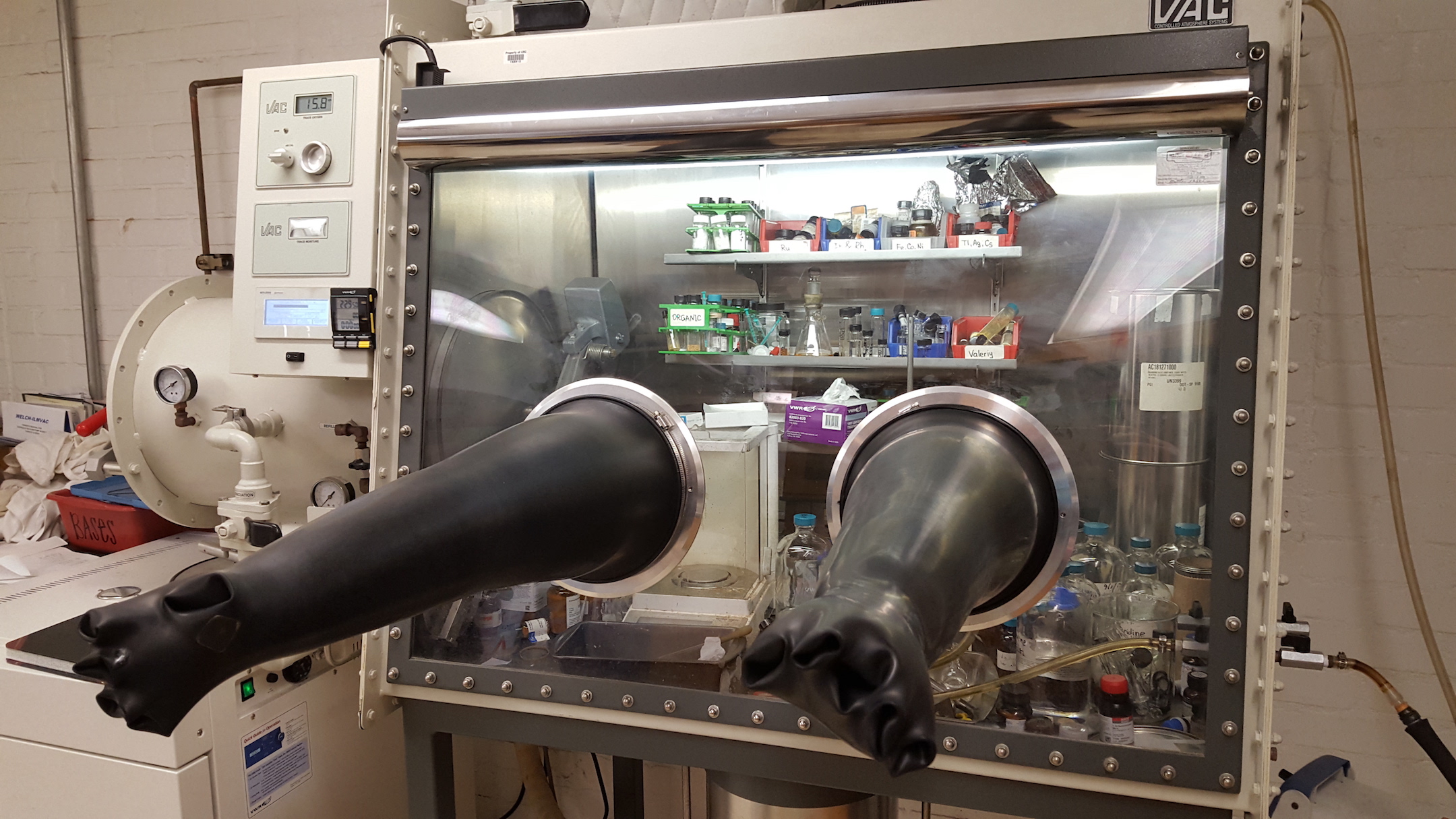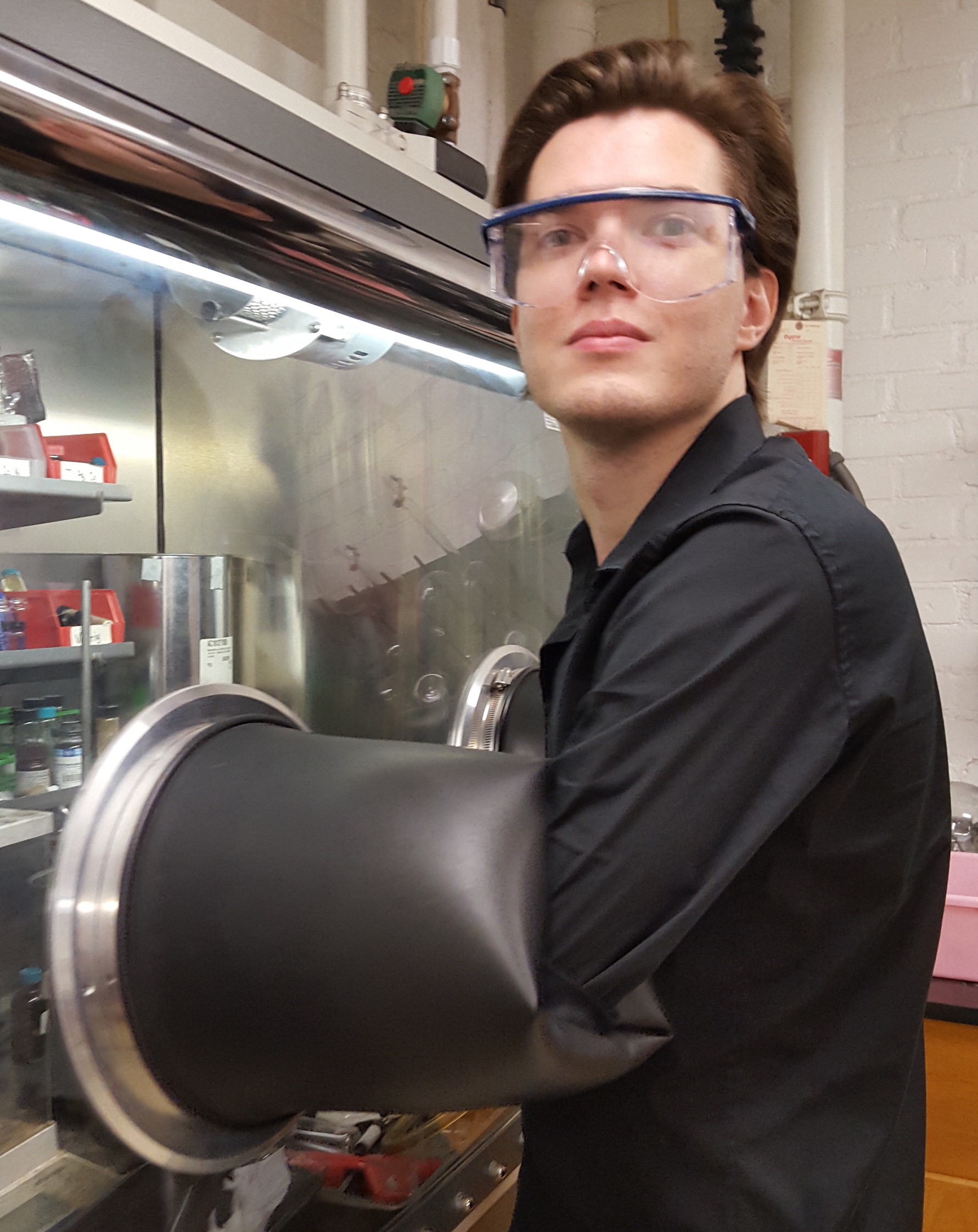By: Connie Machuca
Greetings from The Wrigley Institute for Environmental Studies! It is currently week 9 of the REU (Research Experience for Undergraduates) program. I cannot believe this summer has gone by so fast. It feels like just yesterday I was getting on the Miss Christi for the first time with all the other REUs, many of them still strangers to me. Coming to Catalina for the first time, I did not know what to expect when we first arrived. I quickly learned that Catalina Island is a warm and welcoming place that supports students by allowing them to pursue their interests while also having fun!

My research partner, Tristan Jordan-Huffman, and I out planting some juvenile kelp into Big Fisherman’s Cove with the help of our mentor Diane Kim.
My summer research project is a part of a bigger project at Wrigley that is attempting to grow and use kelp as a source of biofuel. This project is funded by The Department of Energy, more specifically the Advanced Research Projects Agency. Both USC’s Wrigley Institute for Environmental Studies and Marine BioEnergy, Inc. are participating in this research. My project relates directly to an aspect of the Kelp Biofuel project called “depth cycling.” Depth cycling would allow kelp to be close to the surface of water, receiving sunlight for photosynthesis during the day, and moving to lower depths at night to receive nutrients.
One of the challenges with depth cycling is that the kelp will be exposed to increased hydrostatic pressure. With every 10 meters reached on descent, pressure is increasing by 1 atm of pressure. My project aims to investigate the effects of increased hydrostatic pressure exposure on the kelp species Macrocystis pyrifera. Some of the questions I wanted to answer are: “Can we maintain the integrity of developed pneumatocysts (air bladders on the kelp) when depth cycling, or will they pop?” And “Can juvenile Macrocystis adapt to higher pressure during development?”

This picture shows the set up for the Catalina Hyperbaric Chamber experiment. Milena and I set up two aquariums and weighed down kelp to expose it to pressure.
In order to attempt to answer these questions I used the Catalina Hyperbaric Chamber to expose fully-grown kelp individuals to pressure, as well as a mini pressure chamber to expose juvenile kelp to pressure. This past week I have been wrapping up my experiments and focusing on data analysis. Data analysis has always been a little tough for me, but I’m fortunate to have my mentors Andy and Diane helping me through it all.

This is a picture of my second experiment involving a mini pressure chamber that would expose juvenile kelp to pressure every day.
Although this past week has been filled with endless data input, graph making on Excel, and scientific poster making, I took a little time off and went for a 2-mile run to Two Harbors! I joined Callie and Kent on their daily run to be a little active during this busy week. Of course, it is not a complete trip to Two Harbors if you don’t get an ice cream sundae while you’re there!
One of the last things the REU cohort plans to do together is camping! We will be hiking from Two Harbors to Shark Harbor, a 4.5 mile hike, and camping overnight on the beach! I’m really excited to have some last-minute fun with the whole group before we all go our separate ways for the upcoming semester.
I’m really sad that we only have a week left together on the island. Coming to Catalina with 11 other strangers was a little scary at first, but after spending time together, I realized that we are more than a friend group – we have become a family and I’m so grateful to have had this opportunity with each and every one of them! I can’t say this enough, but this summer was one of the best I’ve ever had and I owe it all to the USC Wrigley Institute for Environmental Studies, The National Science Foundation, and everyone who made this REU experience possible!




